Professional sportspeople spend a large percentage of their careers away from home, jetting from city to city and time zone to time zone without ever seeming to miss a beat. While the rest of us look like hell after rolling off a red-eye flight, these guys have travel down to a science. They have systems, plays, and rituals that keep them performing at their best, whether they’re flying into Madison Square Garden or playing abroad.
It’s not about money or luxury lodging—it’s about being aware of how travel impacts your body and mind, then preparing accordingly. Below is a compilation of 15 techniques that professional athletes use to make travel serve them rather than hinder them.
Hydrate Before You Even Leave

Athletes start chugging water hours before their flight, not when the flight attendant comes around with that tiny cup. Your body loses about 8 ounces of water per hour during air travel, and dehydration messes with everything from your energy levels to your mood. Professional teams often have players drink 16 to 20 ounces of water for every hour they’ll be flying.
Pack Recovery Tools in Carry-On
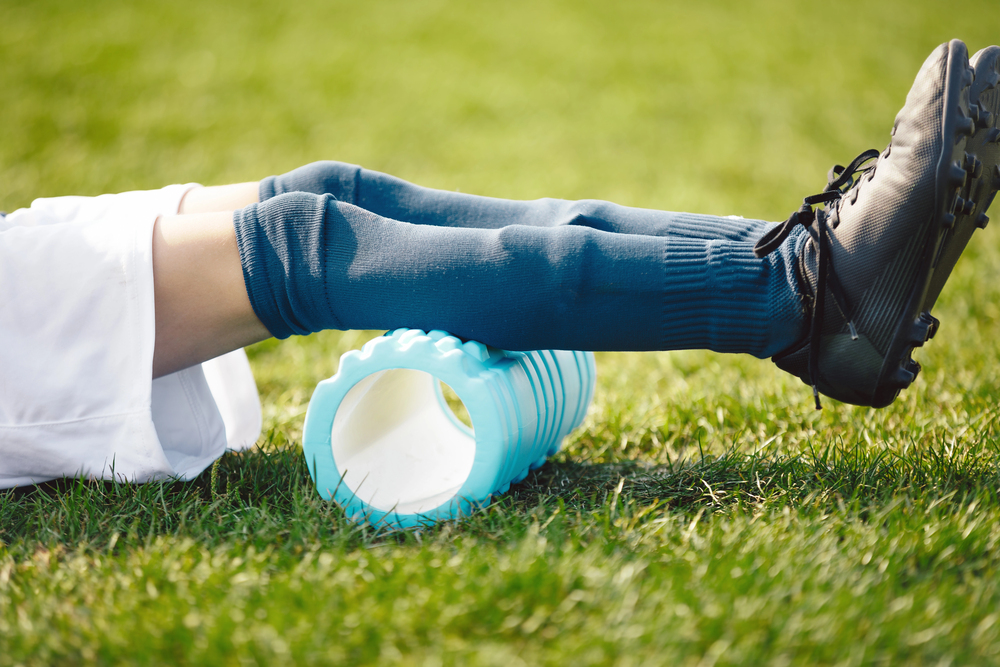
While you’re stuffing snacks into your bag, athletes are loading up with foam rollers, massage tools, and compression gear. They know that sitting in a cramped airplane seat for hours creates muscle tightness and poor circulation. Having these tools within reach means they can work on problem areas during the flight instead of arriving stiff as a board.
Like Travel Pug’s content? Follow us on MSN.
Choose Aisle Seats for Movement
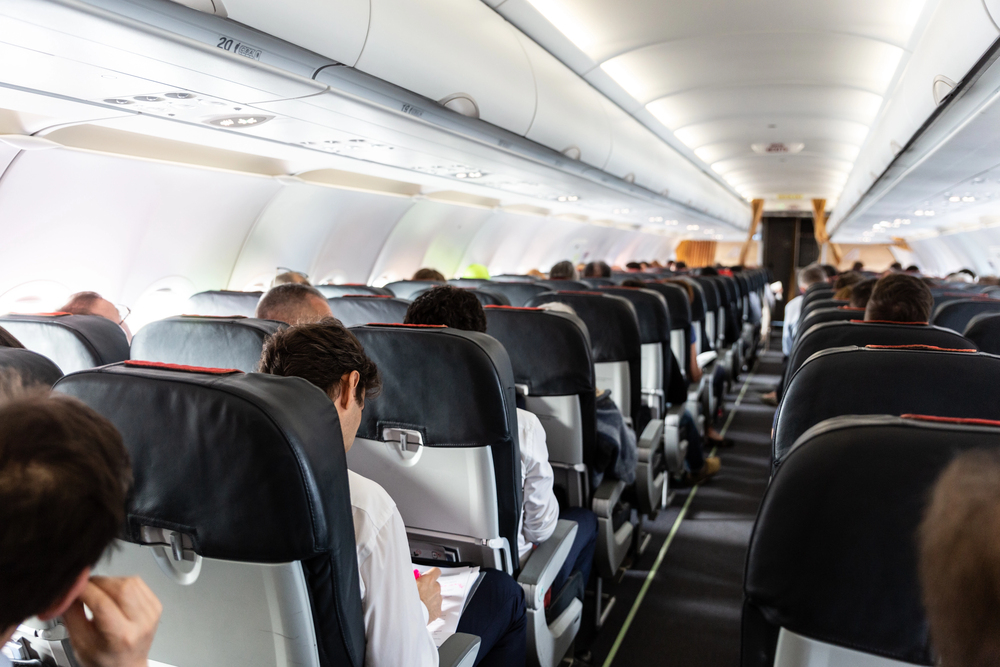
Pro athletes almost always book aisle seats, and it’s not because they’re claustrophobic. They need to get up and move every 30 to 45 minutes to keep blood flowing and prevent their muscles from seizing up. Team trainers program specific in-flight exercises that players can do without bothering other passengers.
Time Zone Adjustment Starts Days Early
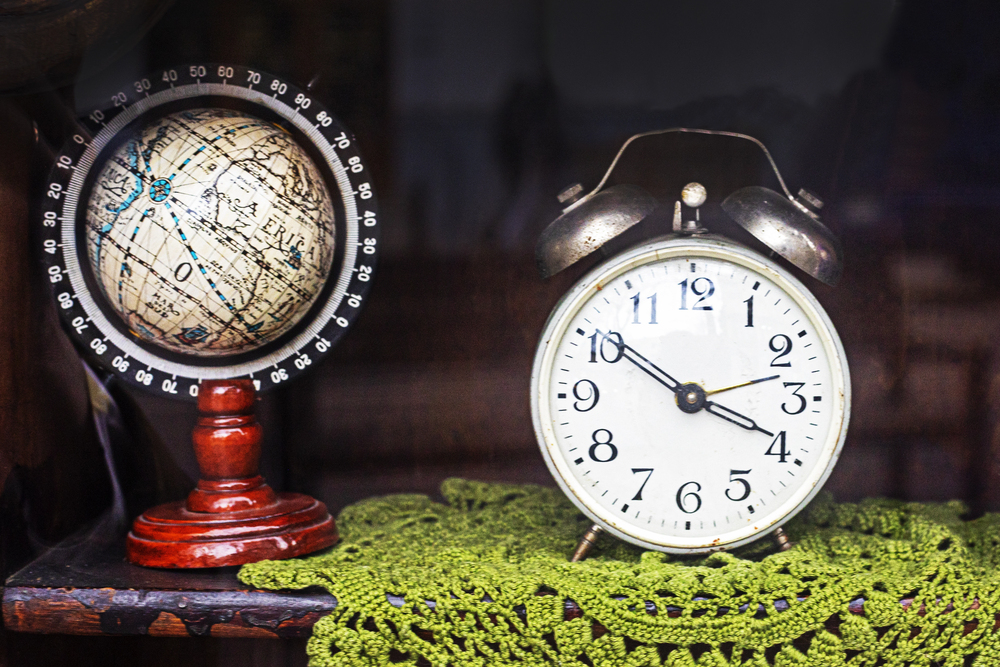
Smart athletes begin shifting their sleep schedule 2 to 3 days before traveling across multiple time zones. They gradually move their bedtime and wake-up time closer to their destination’s schedule. This isn’t some new-age wellness trend—it’s basic biology that helps reset your internal clock before you even board the plane.
Bring Your Food Strategy

Professional athletes rarely rely on airport food or airplane meals because they know exactly what their bodies need. They pack meals that are easy to digest and won’t cause energy crashes or stomach issues. Think grilled chicken with sweet potato, not a greasy burger that’ll sit in your stomach like a rock.
Like Travel Pug’s content? Follow us on MSN.
Use Compression Gear During Flight
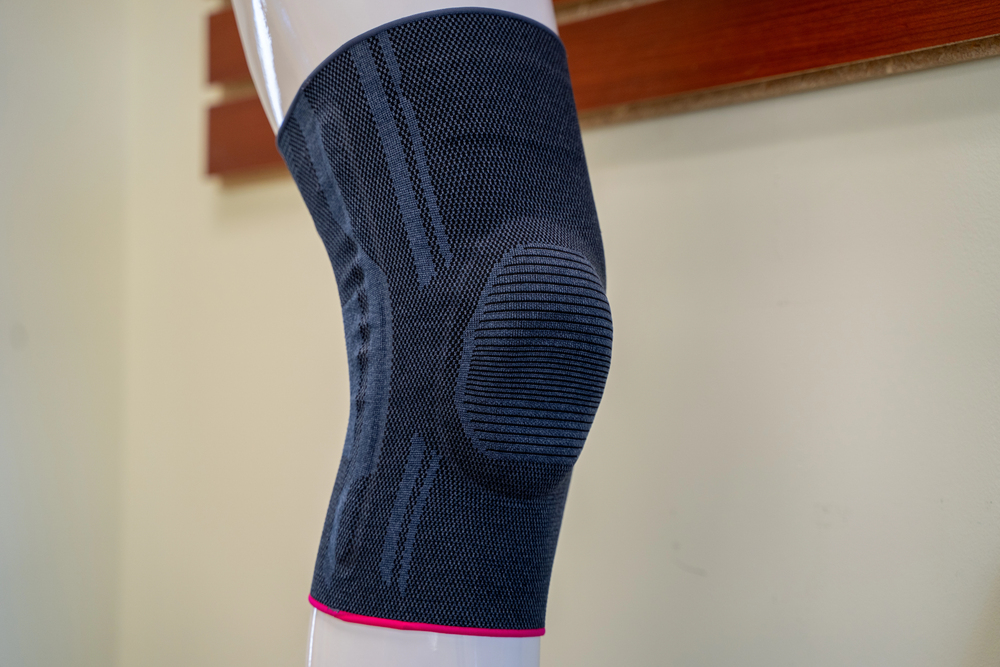
Those tight-fitting clothes athletes wear aren’t just for show—compression garments improve blood circulation during long flights. This reduces swelling, prevents blood clots, and helps maintain energy levels. Many pros wear compression socks and sleeves from takeoff to landing.
Master the Art of Airplane Rest
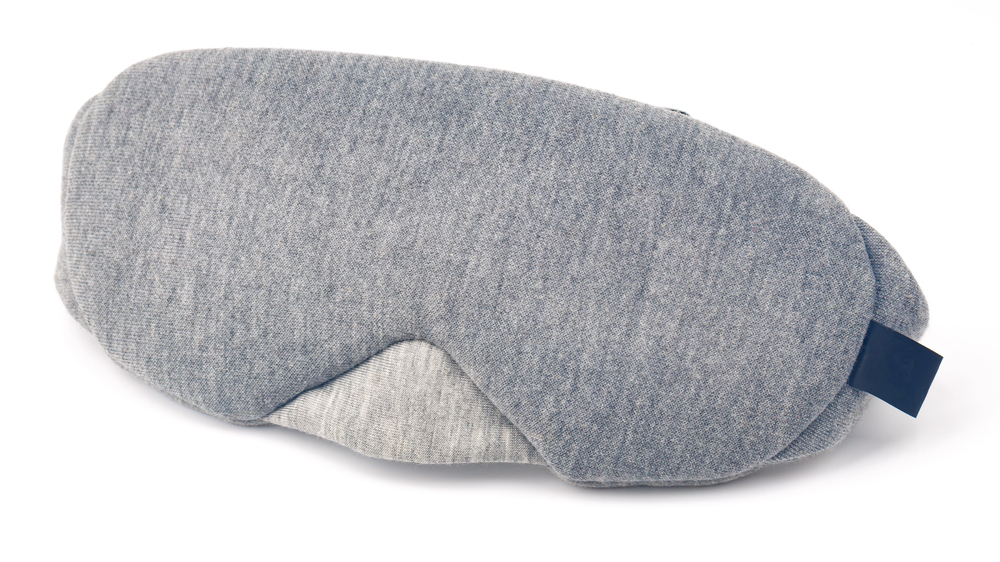
Athletes treat flight time like scheduled recovery time, complete with eye masks, noise-canceling headphones, and specific sleep positions. They’ve learned that airplane sleep isn’t about comfort—it’s about giving your nervous system a break. Many use meditation apps or breathing techniques to maximize rest quality.
Book Morning Flights When Possible
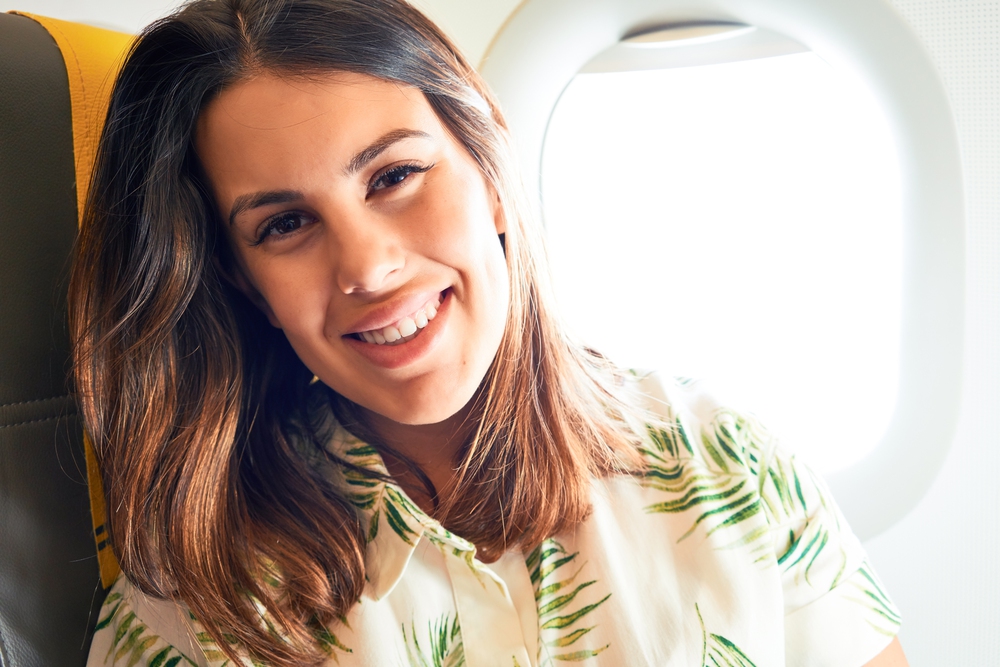
Early flights align better with athletes’ natural circadian rhythms and training schedules. Plus, morning departures are less likely to get delayed or canceled, which matters when you have strict game schedules. The trade-off of waking up early beats the stress of missed connections or delayed arrivals.
Like Travel Pug’s content? Follow us on MSN.
Research Hotel Amenities in Advance
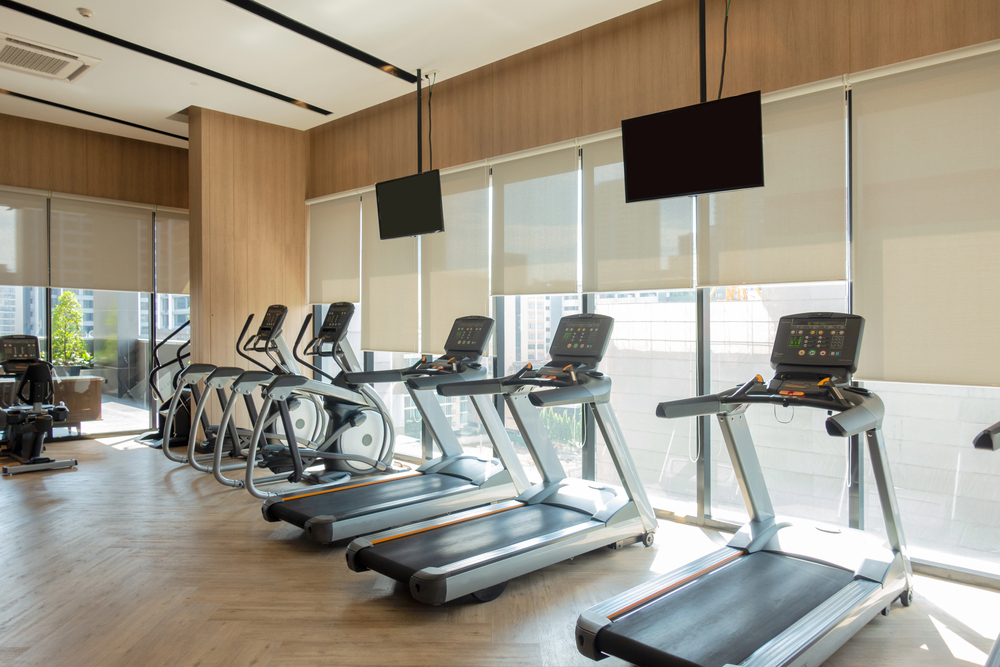
Pro athletes don’t just book any hotel—they specifically look for places with 24-hour fitness centers, pools, and room service. They need facilities that support their training routine, not just a place to crash. Team managers often scout hotels months in advance to ensure they meet performance standards.
Pack Light but Strategic
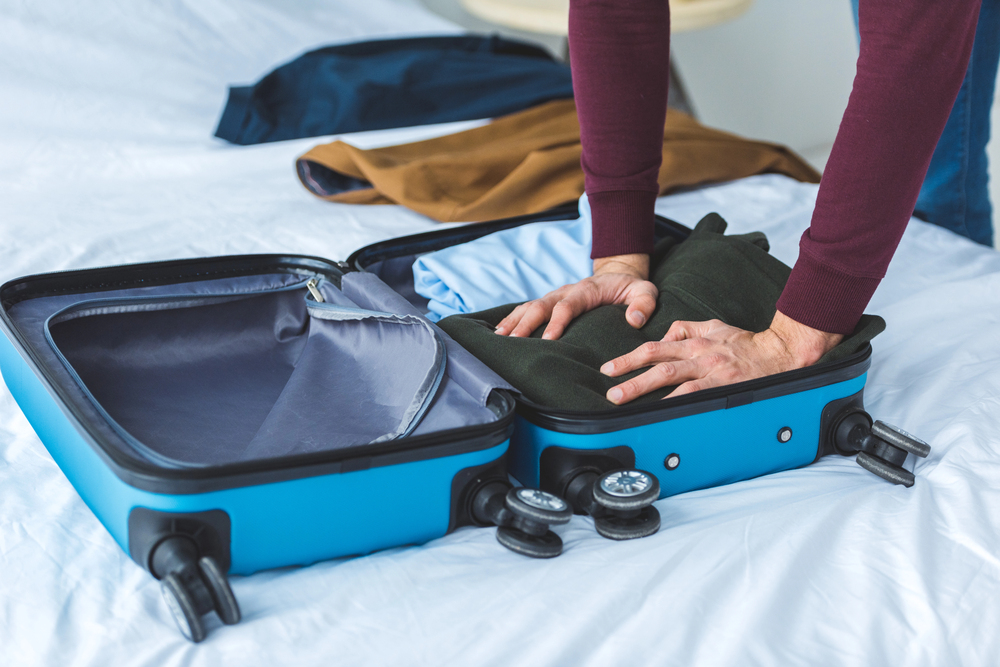
Athletes have packing down to a science, bringing only essentials while ensuring they have everything needed to maintain their routine. They use packing cubes, roll clothes instead of folding, and always leave room for souvenirs or gear they might pick up. Every item serves a specific purpose.
Maintain Sleep Hygiene Rituals

The same bedtime routine that works at home gets adapted for travel. Athletes bring familiar items like their own pillow, white noise machine, or specific pajamas. These consistent cues help signal to their brain that it’s time to rest, even in an unfamiliar environment.
Like Travel Pug’s content? Follow us on MSN.
Use Technology for Recovery Tracking
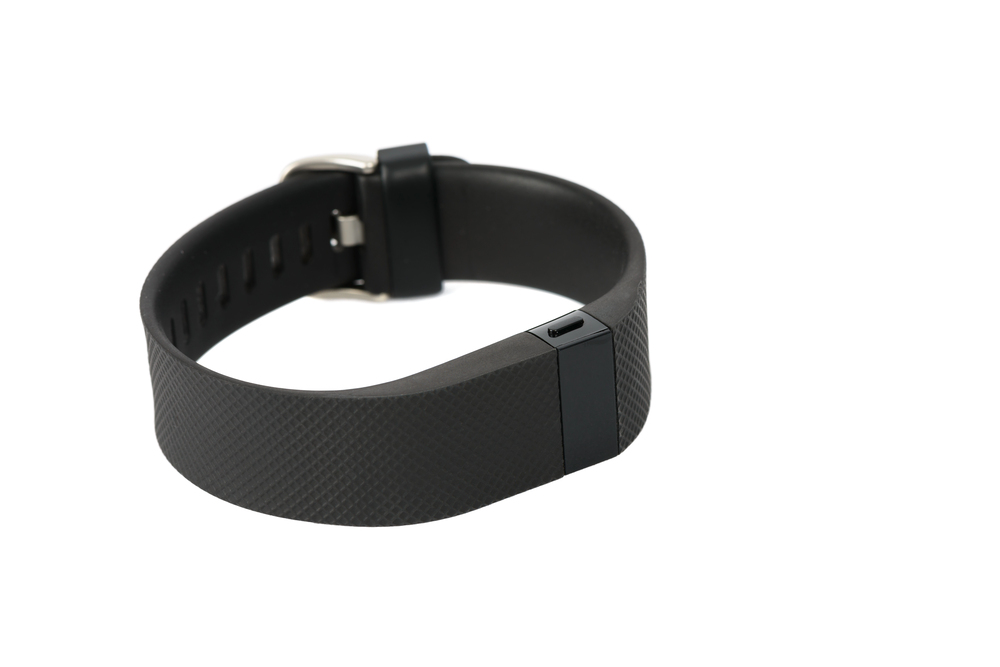
Many pros use sleep trackers, heart rate monitors, and recovery apps to monitor how travel affects their bodies. This data helps them adjust their routines and identify patterns—like which flights leave them most drained or which strategies work best for specific routes.
Strategic Caffeine Timing

Athletes don’t just pound coffee whenever they feel tired—they use caffeine strategically based on their destination’s time zone. The goal is to feel alert when they need to be awake in the new location, not to fight off drowsiness at 3 AM local time.
Plan Airport Layover Activities
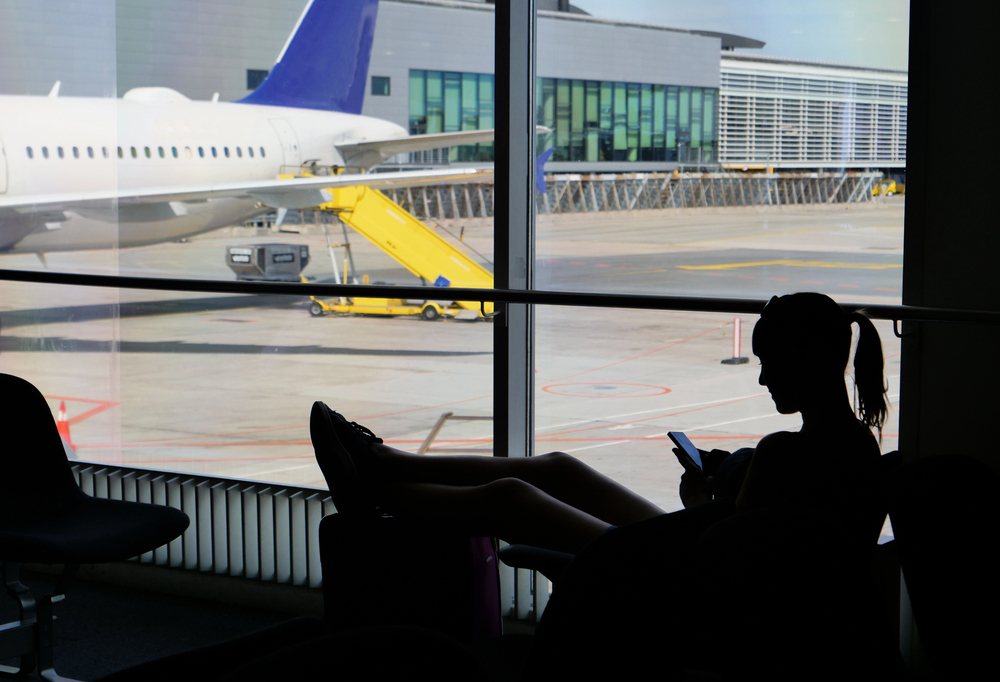
Long layovers become opportunities for movement and stretching rather than dead time spent scrolling on phones. Many airports now have yoga rooms, walking paths, or fitness facilities that athletes seek out. They use layover time to counteract the negative effects of sitting.
Like Travel Pug’s content? Follow us on MSN.
Bring Entertainment That Serves a Purpose
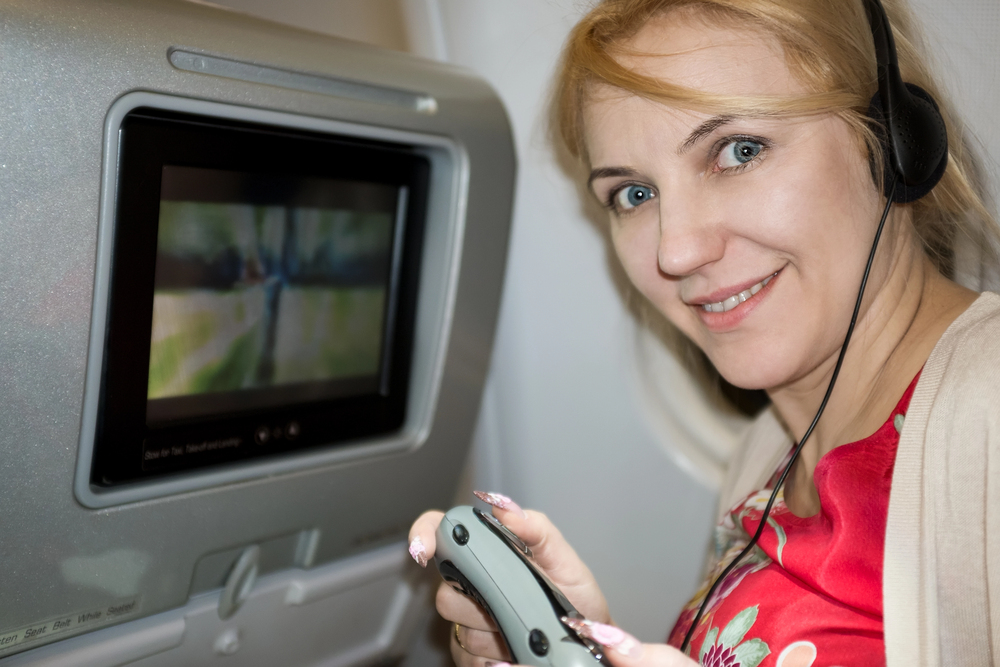
Instead of mindlessly watching movies, athletes often use flight time for visualization, studying game film, or listening to educational podcasts. They’re maximizing travel time rather than just trying to kill it. Mental preparation becomes part of the travel routine.
From Jet Lag to Game Day Excellence
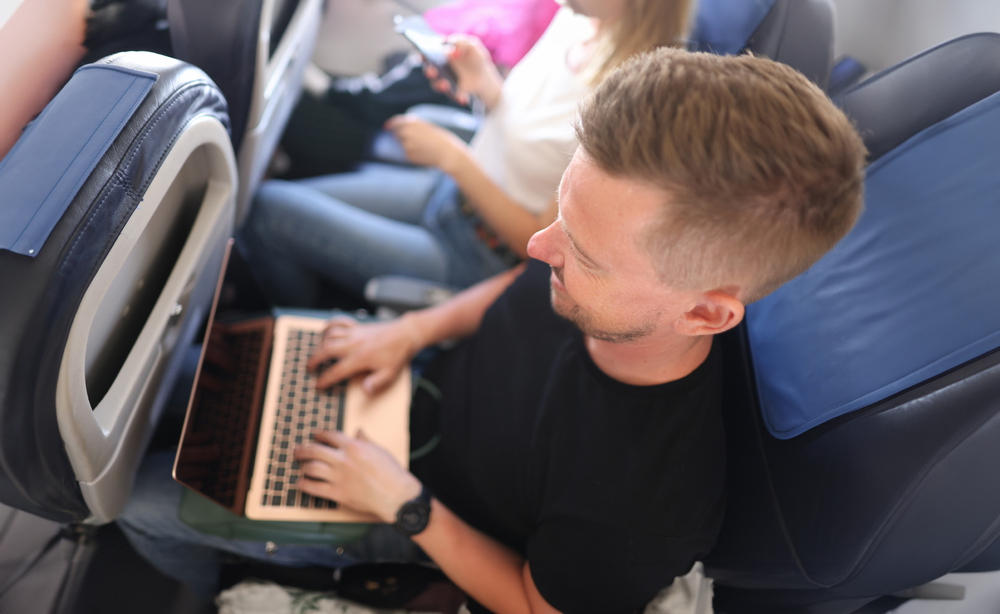
These travel strategies didn’t develop overnight—they’re the result of athletes learning the hard way that how you travel directly impacts how you perform. What started as basic survival tactics for frequent flyers has evolved into sophisticated systems that give pros a real competitive advantage.
The beauty is that most of these techniques work just as well for business travelers, vacationers, or anyone who wants to arrive feeling human instead of zombified. Your next trip might not end with a championship game, but it can start with you feeling like a winner.
More from Travel Pug

- 20 Best Beach Towns in the Carolinas
- 13 Destinations Where Tourists Regularly Regret Their Trip
- 20 Things You Actually Get in First Class
- 20 Small Airports With Aviation Museums
- 20 Places in the U.S. That Are Perfect for a Reset Trip
Like Travel Pug’s content? Follow us on MSN.
